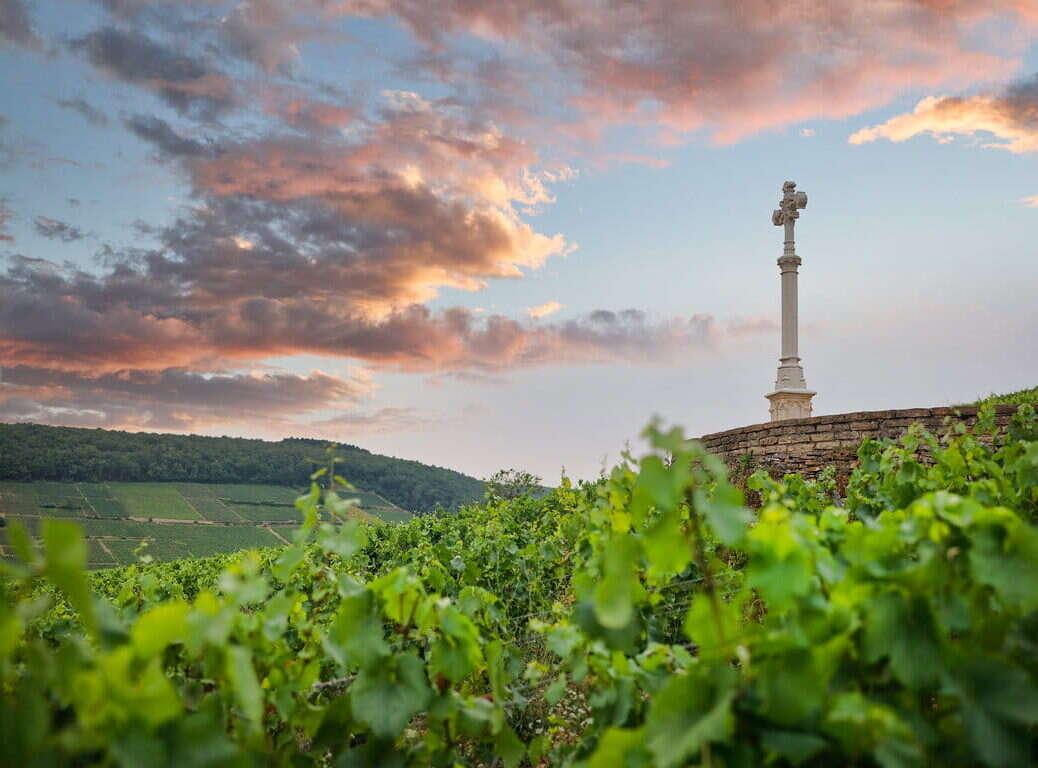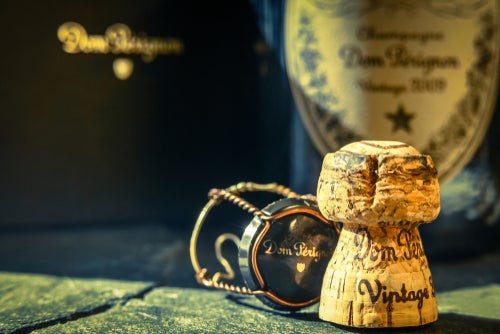
Michel Bettane looks at the inequities of wine prices and wonders about the sustainability of wine prices both high and low.
Looking at wine prices globally, I see that Chinese demand for ultra-speculative wines is falling. All the thousand-euro bottles of Bourgogne Aligote, €400 bottles of Jura white, €600 bottles (and more) of famous Bordeaux en primeur, €1,000–10,000 bottles of Burgundy grands crus—investors aren’t buying, and merchants aren’t selling. And not before time. Whether we’re talking about a few thousand bottles or just two or three, this is a case of the tree hiding the forest—a forest of wines sold at obscene prices for what is in the end just an agricultural product. If we must let market forces prevail, let us at least acknowledge that the consumer has the right to know what’s really going on here—how it is that the wine market is being driven by greedy connoisseurs, entrepreneurs, and makers and sellers of wine who are only in it for the money.
The cost price of a good wine will obviously vary depending on operating costs, which may include recouping the enormous outlay on a plot of vines exceeding €1 million per hectare. Some wines cost as little as €8 a bottle to produce, others as much as €100; but based on an average yield of 30–35hl/ha over a ten-year period, very few wines justify a wholesale price tag of more than €30 a bottle. So, a Corton selling at €100 a bottle generates a tenfold profit for its producer compared to a Chinon. Not bad when you think that Chinon producers are by no means to be pitied as agricultural producers go. Imagine, therefore, the money made on a €150 bottle of a great Médoc cru classé bought en primeur or before bottling and shipping. A Médoc cru bourgeois, meanwhile, is lucky to fetch one tenth of the price of its more illustrious neighbor, despite being crafted with just as much skill and passion.
Wine prices and a trade in trouble
The same disparity is seen when comparing the profit margins made by French restaurants with those made by wine merchants (typically between 30 and 50%). A Michelin-starred chef, for example, only has to apply a threefold markup to make a tenfold profit compared to the wine’s producer, for a wine that was two years in the making. So-called petits vins can clock in at ten times the wholesale price—a price tag that no doubt reflects the ten minutes it takes to bring them up from the cellar. Joking aside, restaurant wines are too often served within a year of purchase, usually at the wrong temperature, with no thought for the type of glass or the dish they are to accompany.
It is hardly surprising, then, that the world is making and drinking less wine, with vineyards being ripped up as we write, producers going bankrupt or out of business, and difficulties transferring wine estates to the next generation. The wine trade is in trouble, and France’s stupid, confiscatory tax rates don’t help. Eventually, good wine and the skills that inform its culture will leave us all cold, and France, together with many other wine-producing countries, will lose an irreplaceable part of its national heritage. Wine drinking, once practically institutionalized, is now a matter of choice. We drink because we want to, never mind the growing calls to have alcohol banned altogether, or the embarrassment of non-alcoholic drinks now flooding the market. Creative marketing can sell just about anything, including that absurd and unnatural thing, “dealcoholized” wine. The prospect of juicy profit margins is an added incentive.
It is high time that those who reap obscene profits from peddling the greatest wines of all time were taught a lesson—especially now, with the sword of Damocles hanging by a thread over their heads, and climate change set to wreak unprecedented disasters that spell even greater uncertainty for the future of their business. ▉






